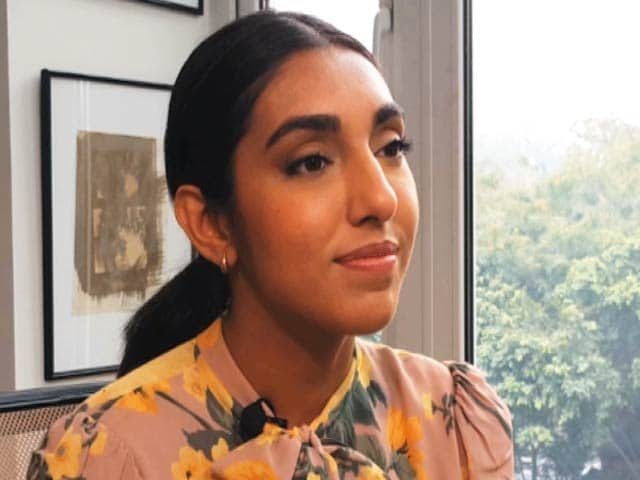

#Rupi kuar stole series#
In 2015, Kaur had a dustup with Instagram when she posted a school project: A series of photos focused on menstruation. She put together Milk and Honey as a self-published book and got it to Amazon in November of 2014, where it sold nearly 20,000 copies. Kaur had been pouring her art directly into the Internet, and it hadn’t occurred to her that there might be demand for something as old-school as a printed book. Kaur’s fans began asking her where they could buy a book of her poetry in 2014. Of 05 She Originally Self-Published Milk and Honey Even those normally plugged into the world of modern poetry are a bit surprised Kaur is just 24 years old, and no one could have predicted that someone so young would just drop a book that sells a million copies. Milk and Honey has quickly gone from relative obscurity to a secure place in the entrance table of every bookstore, on every list, and in everybody’s newsfeed. Think unvarnished, and brutally honest, and immediate-reading Kaur’s work, one gets the impression she is pouring her soul directly onto the screen or page without a filter, with nothing more than her keen sense of beauty and rhythm to guide the words into poem-shape. If you hear the word “poetry” and think of dour old rhyme schemes and lofty, flowery language, think more modern. Kaur’s poetry spits fire on subjects ranging from feminism, domestic abuse, and violence. That alone makes Rupi Kaur’s Milk and Honey a remarkable book, but the words within deserve more than just a few perfunctory statistics about book sales (a million copies as of January 2017) and weeks on The New York Times’ bestseller lists (41 and counting). It is less about breaking the rules of English (although that’s pretty fun) but more about tying in my own history and heritage within my work.It’s fairly uncommon for a book of poetry to not only hit the bestseller lists but to stay there week after week. A visual manifestation and ode to my identity as a diasporic Punjabi Sikh woman. The only punctuation that exists within Gurmukhi script is a period – represented through the following symbol: | So in order to symbolize and preserve these small details of my mother language, I ascribe them within my work. A visual representation of what i want to see more of within the world: equallness. I also feel there is a level of equality this visuality brings to the work. Within the Gurmukhi script, there are no uppercase or lowercase letters. Punjabi is written in either Shahmukhi or Gurmukhi script. When I began writing poetry, I could read and understand my mother tongue (Punjabi), but I hadn’t yet developed the skill set to write poetry in it. The hustle and bustle of those years has been one of my favorite memories till date.

My family, friends and I hand sold copies at local events, and we tried to get copies at local stores. Then, in November 2014, I self-published using CreateSpace. And so, I edited and designed the book, cover to cover over a span of one to two months. I couldn’t be held back by this gatekeeper who was never going to pay attention to me anyway. That’s when I set my eyes on self-publishing, regardless of what the creative writing professor had said. I realized that my work read differently, when read in its entirety, and separating them didn’t make any sense. I felt I was doing a disservice to my larger body of work by plucking pieces out of the collection, throwing them out there in the world, hoping they would land. As I was in the middle of picking and choosing which pieces to submit, I came upon a realization.

The result was one rejection after another. I started submitting individual poems to anthologies, magazines, and journals. To surpass the gatekeeper would be looked down upon by my literary peers. I then asked them if self-publishing was a good route to take.

I was told that I had a better chance having individual poems published in literary journals, magazines, and anthologies. They said poetry basically never got published. I asked a creative writing professor what I needed to do in order to get published, and their response was don’t bother. After writing and performing poetry for many years, I was inspired to publish my work. I was in writing workshops – that whole deal.


 0 kommentar(er)
0 kommentar(er)
